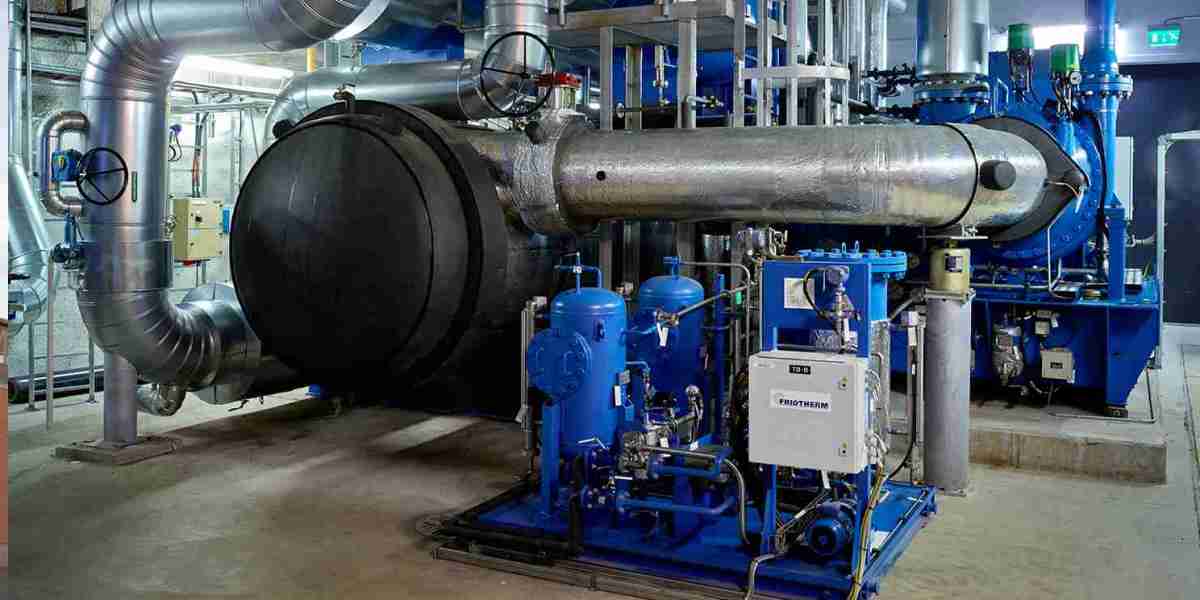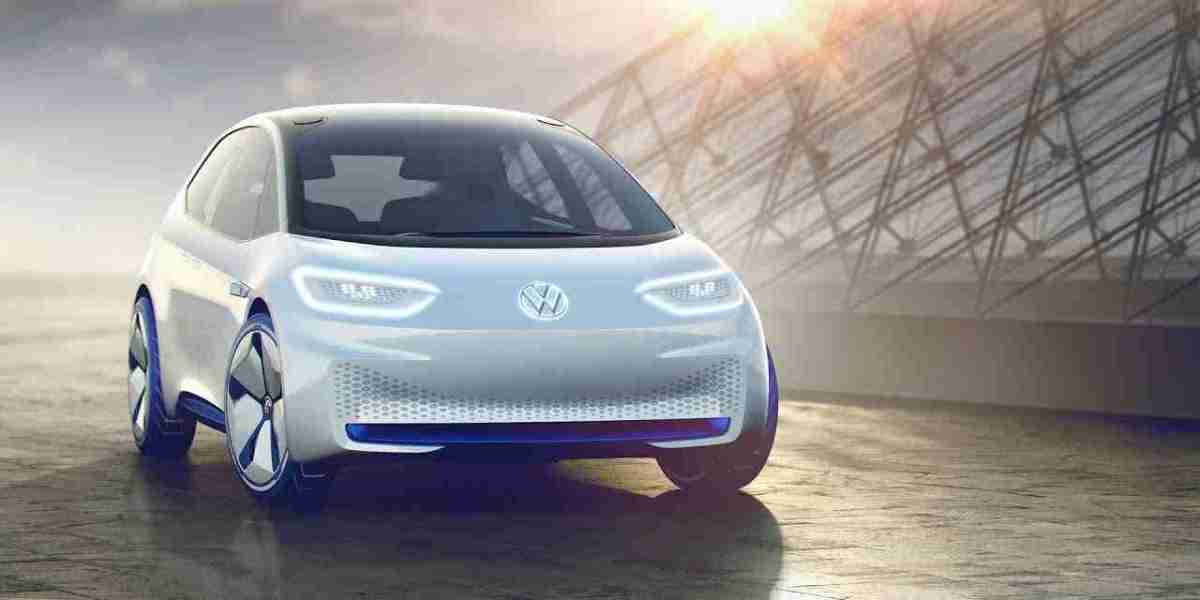As the global demand for energy-efficient and environmentally friendly cooling systems continues to rise, district cooling is emerging as a crucial solution to meet the cooling needs of growing urban populations. The district cooling market is poised for significant growth over the long term, driven by the need for sustainable energy solutions, technological advancements, and evolving regulatory landscapes. This article explores the long-term outlook for the district cooling market, focusing on how it is preparing for a sustainable and smart cooling future.
1. Growing Urbanization and Cooling Demand
A. Urban Population Growth
The world is experiencing an unprecedented wave of urbanization, with more people living in cities than ever before. By 2050, it is expected that nearly 70% of the global population will reside in urban areas. As cities expand and densify, the demand for cooling solutions is set to increase significantly. District cooling offers a centralized and energy-efficient alternative to traditional cooling methods, making it an ideal solution for urban areas facing escalating cooling demands.
B. Rising Temperatures and Climate Change
Climate change is contributing to more extreme weather conditions, including hotter temperatures, particularly in regions like the Middle East, Southeast Asia, and parts of Africa. As the frequency and severity of heatwaves increase, so does the demand for reliable and efficient cooling solutions. District cooling, with its ability to provide large-scale, energy-efficient cooling, will play an essential role in helping cities manage the impacts of rising temperatures.
2. Integration of Renewable Energy and Sustainability Goals
A. Solar and Geothermal Integration
A key factor driving the long-term success of district cooling is its ability to integrate renewable energy sources, reducing dependence on conventional fossil fuels and minimizing environmental impact. Solar-powered and geothermal-powered district cooling systems are gaining traction in regions with abundant sunlight or geothermal potential. By harnessing renewable energy, district cooling systems can offer more sustainable solutions, aligning with global sustainability goals and helping cities reduce their carbon footprints.
B. Achieving Net-Zero Emissions
As the world accelerates efforts to reach net-zero emissions, district cooling is poised to play a significant role in decarbonizing urban infrastructure. Many cities are setting ambitious targets to achieve carbon neutrality by mid-century. By reducing energy consumption and integrating renewable energy sources, district cooling systems will be a key component of smart city initiatives, supporting the transition to more sustainable and energy-efficient urban environments.
3. Technological Advancements: Smart and Efficient Cooling Systems
A. Smart Cooling Systems with IoT and AI
The integration of Internet of Things (IoT) technology and Artificial Intelligence (AI) is transforming district cooling systems. Smart sensors, real-time data analytics, and AI algorithms are enhancing the efficiency and reliability of district cooling networks. IoT-enabled sensors monitor the performance of cooling equipment, track energy consumption, and predict potential system failures, enabling operators to perform preventive maintenance and reduce downtime. AI-driven algorithms optimize cooling loads based on demand forecasts, ensuring that the system operates at peak efficiency.
B. Automation and Predictive Maintenance
Long-term growth in the district cooling market will rely heavily on the automation of system operations. Predictive maintenance, enabled by AI and machine learning, is already revolutionizing how district cooling systems are managed. By analyzing historical data and real-time performance metrics, these systems can predict maintenance needs, preventing costly failures and reducing operational disruptions. This increased automation will make district cooling systems more efficient, cost-effective, and reliable in the long run.
4. Thermal Energy Storage and Demand Management
A. Enhancing Grid Flexibility with Thermal Energy Storage
Thermal energy storage (TES) is a game-changing technology that allows district cooling systems to store excess cooling capacity during off-peak hours, such as at night, and use it during peak demand periods. This shift in cooling production ensures more efficient energy use, reduces peak electricity consumption, and helps avoid strain on the grid. As the grid incorporates more renewable energy, thermal storage can help balance intermittent supply from sources like solar and wind, contributing to grid stability.
B. Cost Reduction and Energy Efficiency
In the long term, thermal storage will enable district cooling operators to reduce costs by shifting cooling production to off-peak hours when energy is cheaper and cleaner. By decoupling cooling production from immediate demand, district cooling systems can reduce their reliance on expensive grid electricity, enhancing overall energy efficiency and lowering operational costs. This efficiency, combined with reduced carbon emissions, will make district cooling even more attractive to developers and municipalities committed to sustainable urban growth.
5. Expansion into Emerging Markets
A. Rising Demand in Developing Economies
While district cooling systems have primarily been deployed in developed markets, the long-term outlook points to rapid growth in emerging economies. As cities in the Middle East, Asia, and Africa continue to grow and face rising temperatures, the demand for energy-efficient and cost-effective cooling solutions will increase. District cooling is well-positioned to meet the needs of these regions by offering centralized, efficient, and sustainable cooling infrastructure that can be implemented at scale.
B. Government Incentives and Policy Support
Governments in emerging economies are increasingly prioritizing sustainability and energy efficiency in their urban planning strategies. By offering financial incentives, tax breaks, and policy support for district cooling projects, these governments are creating favorable conditions for the growth of district cooling markets. Long-term investments in infrastructure, along with growing regulatory frameworks that promote green technologies, will enable district cooling to gain traction in developing regions.
6. The Role of Smart Cities in Shaping the Future of District Cooling
A. Smart City Integration
Smart cities are characterized by the use of advanced technologies to optimize urban living. District cooling is a critical component of this vision, as it supports energy-efficient infrastructure and helps cities achieve sustainability goals. In smart cities, district cooling systems will be integrated with smart grids, IoT devices, and AI-driven management platforms to ensure seamless operation and minimize energy waste. As smart cities expand globally, district cooling systems will become a core element of urban cooling solutions.
B. Improved Quality of Life for Residents
The integration of district cooling into smart cities will contribute to the improvement of residents' quality of life. By offering reliable, sustainable, and affordable cooling solutions, district cooling systems will ensure comfortable living conditions in densely populated urban areas. Additionally, the environmental benefits of reduced energy consumption and lower emissions will contribute to better air quality and more sustainable urban environments.
7. Overcoming Challenges for Long-Term Growth
A. High Initial Investment
One of the primary challenges for district cooling systems is the high initial capital investment required to build the infrastructure. While district cooling systems offer long-term savings, the upfront costs can be a barrier, especially in emerging markets. Governments, private sector players, and developers will need to collaborate to secure financing and incentivize the adoption of district cooling solutions.
B. Public Awareness and Education
In many regions, there is limited awareness of the benefits of district cooling. Increasing public awareness through education campaigns and showcasing successful case studies will help drive acceptance and adoption. By demonstrating the long-term economic, environmental, and operational benefits of district cooling, stakeholders can foster greater buy-in from governments, businesses, and residents.
Final Thoughts
The district cooling market's long-term outlook is highly promising, driven by urbanization, climate change, and the increasing demand for sustainable, energy-efficient cooling solutions. By integrating renewable energy sources, leveraging advanced technologies like AI and IoT, and expanding into emerging markets, district cooling is poised to revolutionize the way cities cool their buildings. As smart cities and sustainability goals take center stage, district cooling systems will play a key role in shaping the future of urban cooling. With continued innovation and support, district cooling is set to become a cornerstone of sustainable, smart cities worldwide.




